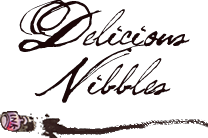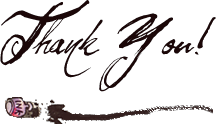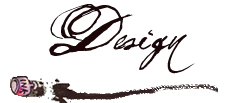 I have been reading the Little House books to my children. We just finished "Little Town on the Prairie," which is the 7th of 9 books in the series by Laura Ingalls Wilder. It's been an enjoyable journey, especially for my daughter.
I have been reading the Little House books to my children. We just finished "Little Town on the Prairie," which is the 7th of 9 books in the series by Laura Ingalls Wilder. It's been an enjoyable journey, especially for my daughter.
I have written several pieces on women and body issues here at Motherscribe. Perhaps my most disturbing post, is Will they wonder why we didn't stop the make-overs at 5... In it, I talk about the growing acceptance of a trend, where we are responsible for sexualizing younger and younger girls in our culture and media.
Lacking a positive body image is something that many of us have attributed to a modern culture. Imagine my surprise when coming upon these passages written by Laura Ingalls Wilder, as she is preparing herself for her first evening party.
"She could not sit still. She took one more look into the looking glass that hung on the wall. She wished so much to be tall and slim that she almost hoped to see a slender, tall girl. But in the glass she saw a small, round girl in a Sunday-best dress of blue cashmere.
Laura could not find one fault with the dress. But, oh! how she wished she were tall and willowy, like Nellie Oleson. Her waist was as round as a young tree, her arms were slender but round, too, and her very small hands were rather plump and capable-looking. They were not thin and languid like Nellie's hands.
The eyes, Laura thought, were too far apart, and they were a softer blue than Pa's. They were wide-open and anxious. They did not sparkle at all.
At least, her hair was thick and very long, though it was not golden."**
Although Laura Ingalls Wilder was in her sixties writing these autobiographical stories, and reflecting back on her girlhood, it only reinforces how insecure and self-critical she was of her physical form. The story took place in 1882.
This leaves me with the thought that a girl's dissatisfaction with her body lies much deeper than damage inflicted by the advertising media. Yes! We should hold the media to the fire for the harm they are causing to our girls, but we should also dig down into our own feelings of body self-hatred. Really question WHERE our own thoughts and views come from. Perhaps most important, is to think about what we can do to empower our daughters, and how we can bring about change for the future generations to come...
**These quotes from "Little Town on the Prairie" by Laura Ingalls Wilder are not sequential, but within the same chapter.
************************
**These quotes from "Little Town on the Prairie" by Laura Ingalls Wilder are not sequential, but within the same chapter.
************************
JCK is participated in NaBloPoMo, (30 posts in 30 days), for the month of November.
| Tweet |
|
|||










Love this post! We're in the middle of By the Shores of Silver Lake.
ReplyDeleteAnd in Laura's day the slender waist was achieved with a corset. Ouch!
ReplyDeleteI remember much being made of Ma's waistline that Pa could span with his hands.
ReplyDeleteI remember reading a history of eating disorders - they've been around a very long time, pre-modern media. So you make a good point.
ReplyDeleteHi JCK! I think the best thing we can do is to truly love ourselves, and let our daughters see our self love. The older I get, the more I appreciate all that is me.....all that I am instead of what I am not. I can clearly see that the times I was the skinniest, I was not at my happiest. Just what comes to mind :)
ReplyDeleteVery interesting point! This has probably gone on all throughout history.
ReplyDeleteInteresting! We certainly can't blame the media on self-image issues in the 1800s, but I think there is always a 'cultural norm' that defines beauty...in all cultures in all time periods. Even in the little house in the big woods, apparently.
ReplyDeleteThis leaves me with the thought that a girl's dissatisfaction with her body lies much deeper than damage inflicted by the advertising media.
ReplyDeleteAh, but the advertising media was alive and well in Laura's time. Young girls' self-images were being manipulated by everything from popular novels to drawings on the cover of sheet music and the mass-produced dolls with golden curls and porcelain hands and feet. Popular culture was mass-reproduced and disseminated then, just not as quickly nor as all-encompassing as now.